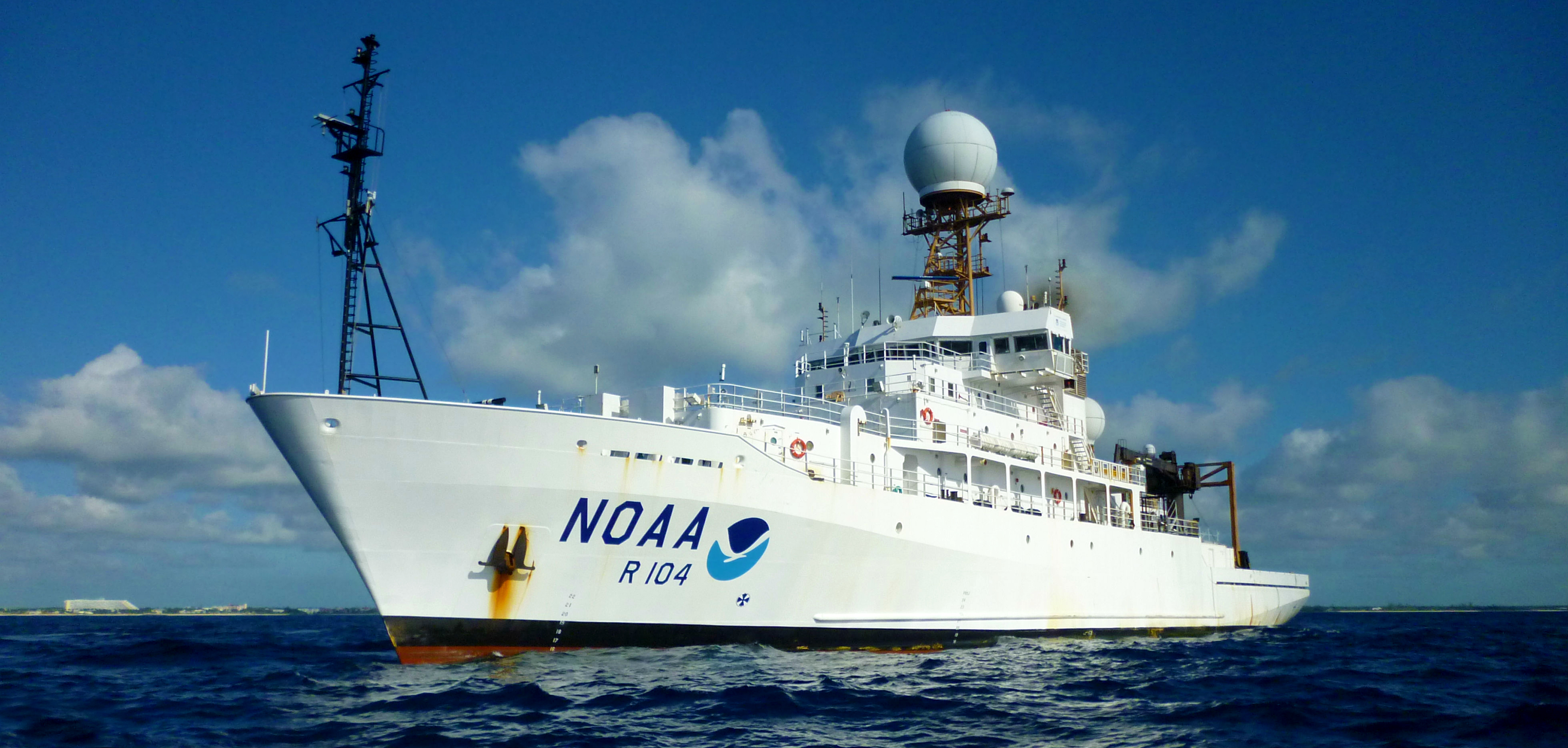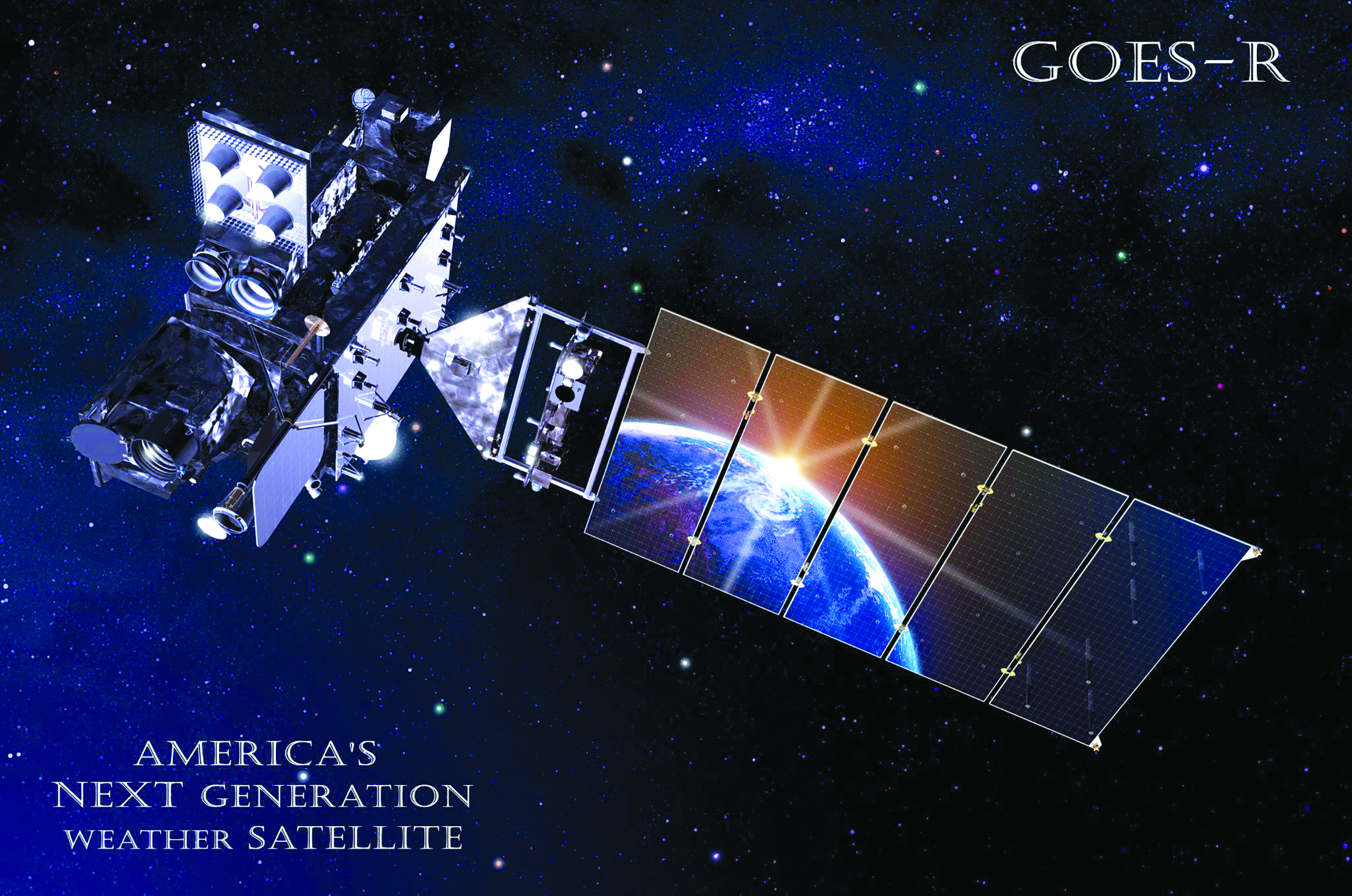NOAA

Have you ever wondered where the information for a weather forecast comes from? Would you believe that information comes from the same agency as the people who are mapping the oceans – and the same agency that works very hard to protect marine animals? They also protect shipwrecks and conserve natural resources. This agency uses state-of-the-art technology not only down here on Earth, on land, and in the ocean, but in space using satellites. The National Oceanic and Atmospheric Administration (NOAA) is a United States government agency that has been around since 1807.
NOAA operates the most advanced weather satellites the United States has. These satellites are the GOES-R satellites. The information, or data, that is gathered by these satellites is transmitted to Earth where meteorologists can determine what the weather is going to do. The information helps predict hurricanes, tornadoes, dust storms and more.

NOAA also operates 15 ships. Ships like the Bell M. Shimada are used to study ocean conditions, seabirds and marine life. The ship Okeanos Explorer is helping to map areas of the ocean that have never been mapped before and explore shipwrecks. Other ships like the Fairweather are constantly mapping shorelines and updating nautical charts. If that isn’t cool enough, you should see their submarines.
Just like anything else that NOAA uses, their submersibles have improved a lot – with new technology and science working together. The scientists at NOAA want to study the deepest parts of the ocean because there is still so much to learn. It is believed that between 80 and 90 percent of the ocean has never been explored. That means we know more about the surface of Mars than we do about the deepest part of the ocean.



